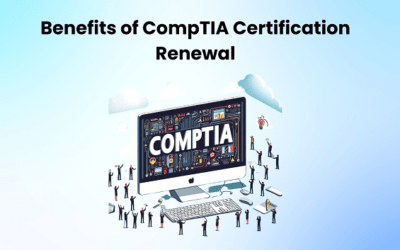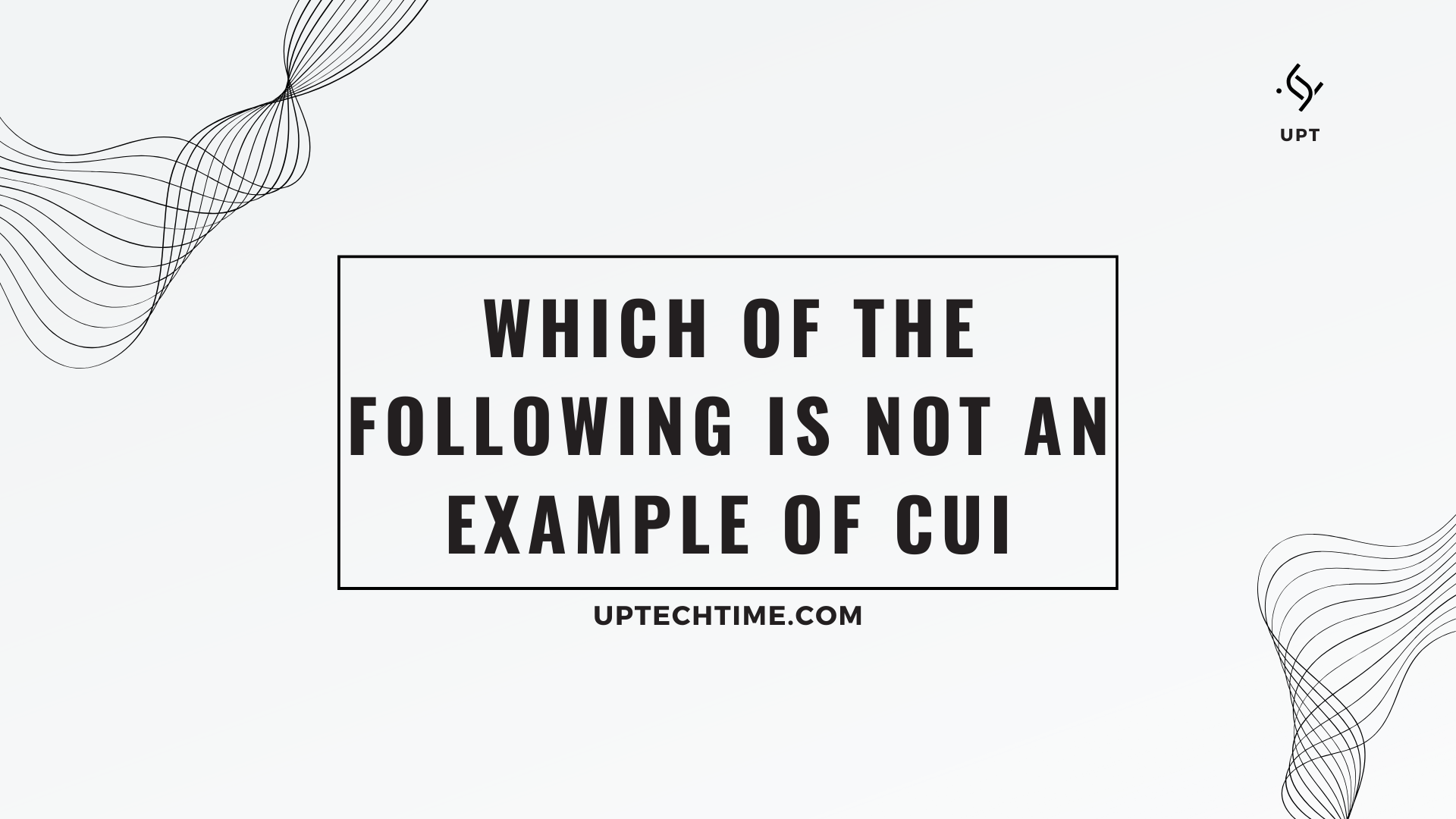Controlled Unclassified Information, or CUI, is sensitive data that is not classified but still needs to be safeguarded. It incorporates a scope of information, including monetary records, clinical data, and protected innovation, and the sky is the limit from there. Mishandling CUI can have serious repercussions because it is controlled by various government agencies. It is urgent to have an unmistakable comprehension of what comprises CUI to guarantee its legitimate taking care of and protection.
Examples of CUI
To all the more likely comprehend CUI, how about we investigate a few instances of data that fall under this classification? Recognizable Data (PII, for example, Federal retirement aid numbers and monetary record subtleties, is viewed as CUI because of its true capacity for abuse. Specialized Information, including outlines and plan details, is another model. Different models incorporate Commodity Controlled Data, Basic Framework Information, and Policing Data. These models feature the assorted ideas of CUI and underscore the significance of recognizing and safeguarding such data.
Importance of Identifying CUI
Recognizing CUI is critical for both legislative and non-administrative elements. Legitimate recognizable proof guarantees that the fundamental safety efforts are set up to safeguard delicate data. Unauthorized access, data breaches, and potential legal consequences can occur if CUI is not identified. By precisely recognizing CUI, associations can execute suitable conventions for dealing with and putting away this data, alleviating the gamble of information spills and unapproved revelations.
Common Misconceptions about CUI
It can be difficult to properly identify and protect CUI if there are misconceptions about it. It’s a common misunderstanding that only classified information needs to be protected. Be that as it may, CUI is in many cases unclassified yet at the same time holds critical worth and awareness. One more confusion is that CUI is restricted to government offices. Truly, CUI can be tracked down in different areas, including medical care, money, and assembling. Understanding these misguided judgments is fundamental to dissipating bogus suppositions and guaranteeing the appropriate treatment of CUI in all areas.
Which of the following is NOT an example of CUI?
It is essential to determine which of the provided examples does not constitute CUI. A. Recognizable Data (PII), B. C. Financial Documents Openly Accessible Data, D. Specialized Information. The right response is C. Freely Accessible Data. While different choices are instances of CUI, freely accessible data doesn’t fall under this classification. It is essential to make a distinction between information that is available to the public and sensitive data that requires protection.
The Impact of Misidentifying CUI
Misidentifying CUI can have serious results, both for people and associations. Information that ought to be categorized as CUI but is mistakenly treated as non-sensitive puts it at risk of unauthorized access and misuse. This can prompt breaks of protection, monetary misfortune, reputational harm, and lawful liabilities. It is significant to comprehend the expected effect of misidentifying CUI and do whatever it may take to stay away from such mistakes.
Steps to Properly Identify CUI
Appropriately distinguishing CUI requires an orderly methodology. The following procedures can assist in ensuring accurate identification:
- Mindfulness and Instruction: Associations ought to give thorough preparation to representatives, workers for hire, and different partners to upgrade how they might interpret CUI and its various classes. This instruction ought to cover the particular necessities for taking care of and safeguarding CUI inside the association
- Grouping Rules: Lay out clear rules for arranging data as CUI, framing the measures and markers for distinguishing proof. These rules ought to line up with unofficial laws and industry best practices.
- Report Audit: Routinely survey records and data to distinguish any expected CUI. This survey interaction ought to be intensive and incorporate joint effort with educated authorities to decide the awareness of the data precisely.
- Risk Evaluation: Direct a gamble appraisal to distinguish the expected effect of misusing CUI. This appraisal ought to think about the probability of unapproved access, the likely results, and the particular weaknesses inside the association.
- Security Controls: To safeguard identified CUI, implement appropriate security controls. Secure storage, encryption, access controls, and regular monitoring of data handling practices are all examples of this.
Training and Resources for CUI Identification
Various preparation projects and materials are accessible to work on one’s ability to recognize CUI accurately. Government associations that offer counsel and prepare materials on CUI the board incorporate the Public Files and Records Organization (NARA). Proficient affiliations and industry affiliations may likewise give data and particular instructional classes. Using these assets will assist associations and individuals with remaining current on prescribed procedures and lawful necessities for CUI recognizable proof and assurance.
Conclusion
Keeping up with the well-being of private data while diminishing the gamble requires the right CUI distinguishing proof. In such a manner, it’s basic to see a wide range of CUI, disperse misconceptions, and set up proficient ID strategies. By ensuring a correct sense of self, organizations can maintain compliance with regulations, protect sensitive information, and maintain the trust of their stakeholders and reputation. Review that powerful CUI recognition and security rely upon fitting preparation, continuous learning, and admittance to suitable resources.








